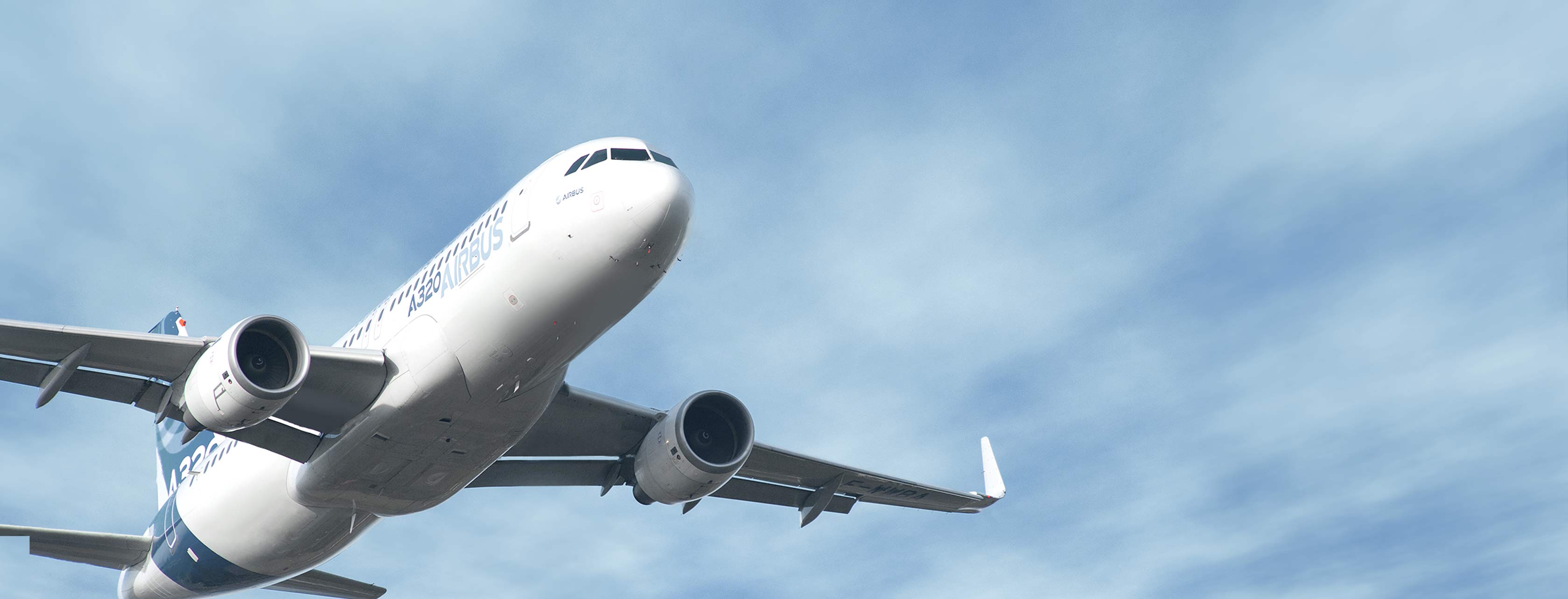Airline Transport Pilot (ATP) Certification
What Is an ATP Certificate?
The Airline Transport Pilot (ATP) certificate is the highest level of pilot certification issued by the FAA. It is the final milestone for most pilots before starting a career with an airline. While a commercial pilot certificate allows a pilot to be paid for flying, the ATP certificate is required for most professional pilot jobs and is often listed as a minimum qualification for airline positions.
Why Get an ATP Certificate?
Pilots who hold an ATP certificate meet the hiring minimums for most regional airlines and are eligible to serve as captains or first officers. Beyond airline jobs, the ATP certification opens additional career opportunities with corporate and charter operators. ATP-certified pilots can also instruct other pilots in air transportation service and make logbook endorsements, provided they hold ratings in the appropriate category, class, and type.
“Type” refers to a type rating, which is specialized training required to act as pilot-in-command of aircraft over 12,500 pounds maximum takeoff weight or any turbojet aircraft, regardless of weight. Type ratings are typically earned after the initial ATP certificate and are often tied to the specific aircraft a pilot will operate professionally.
What Is the ATP CTP?
Pilots applying for an ATP certificate with a multi-engine rating or in combination with a type rating must complete the Airline Transport Pilot Certification Training Program (ATP CTP) before taking the ATP knowledge test. This requirement applies to all such applicants after July 31, 2014.
The ATP CTP course includes 30 hours of ground school instruction in subjects such as aerodynamics, meteorology, and air carrier operations, as well as 10 hours of simulator time. For many pilots, it is their first exposure to full-motion, airline-oriented simulators. After completing the course, candidates must pass the FAA’s ATP knowledge test before moving on to the practical checkride.
How Long Does It Take to Earn an ATP Certificate?
The timeline to earn an ATP certificate varies depending on a pilot’s starting point and training path. For someone beginning with no flight experience, completing the required training and experience can take as little as . This includes time spent earning private, instrument, and commercial ratings, building flight experience—often as a flight instructor—and completing the ATP CTP course and exams.
Although the requirements may seem extensive, they are typically met through a structured progression over time. Staying focused on each milestone—certificates, ratings, experience—positions pilots to achieve ATP certification and advance into the most competitive aviation careers.
